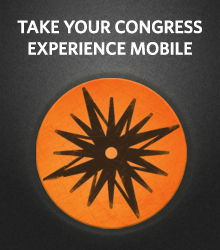Digitizing Disneyland
Jared Morrison, Experience Congress 2011
“Disneyland is the pre-digital precursor to consistent, saturated digital worlds,” says Dr. Jon Saklofske, an avid gamer and winner of the Canadian Game Studies Association Best Paper Award 2010. He explains that there is no better example of a totally immersive environment than Disneyland, and video games have naturally emulated this experience by learning from its unrivaled, thorough environment.
Creating an enjoyable digital world for gamers is, at the very least, a challenging process. With user interaction as the driving force behind the video game experience, purely functional worlds fall short of a truly immersive adventure; quality, detail, and consistency are absolutely crucial, and creating a static digital space is not sufficient.
Simply put, poor planning in video games destroys immersion, and this is where there is a lesson from Walt Disney to be had. As a completely saturated world, Disneyland is an absolutely unparalleled playground.
Photo courtesy Mr. Wabu, Flickr.
There is no horizon at Disneyland, no distinct boundary for visitors to affirm its artificiality. Families are invited to occupy and participate in the world, and at no point is there any indication that the “magic” of Disney is anything but real. This attention to quality, detail, and consistency achieves the singular goal of video games: to create a highly mediated experience that feels completely unmediated, resolving the struggle for immersion and intimacy – the medium becomes transparent, allowing visitors to lose themselves in the experience of Disneyland itself.
“Families become part of the story Disney created,” says Saklofske, “fulfilling Disney’s vision of taking control of imaginary worlds. All the world is not a stage, but rather, the stage becomes the world.”
Photo of Dr. Jon Saklofske by Jared Morrison.













